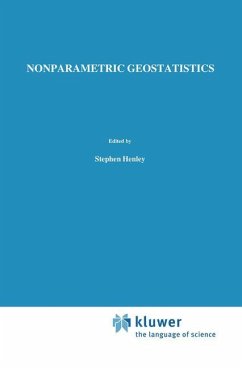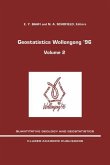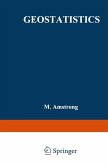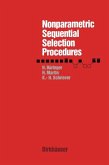The ideas in this book have been developed over the past three or four years while I was working at the Institute of Geological Sciences and later for Golder Associates. During that time all of the geological modelling and resource estimation studies I participated in had data that were non-ideal in one respect or another (or just plain 'dirty'): the standard ways of handling the data with kriging or with simpler parametric methods gave reason able results, but always there were nagging doubts and some lack of confidence because of the corners that had to be cut in generat ing a model. The bimodal distribution that was assumed to be 'close enough' to normal; the pattern of rich and poor zones that was not quite a trend yet made the data very non-stationary; and the many plotted variograms that would not fit any standard model variogram: these all contributed to the feeling that there should be something that statistics could say about the cases where hardly any assumptions could be made about the properties ofthe parent population.








